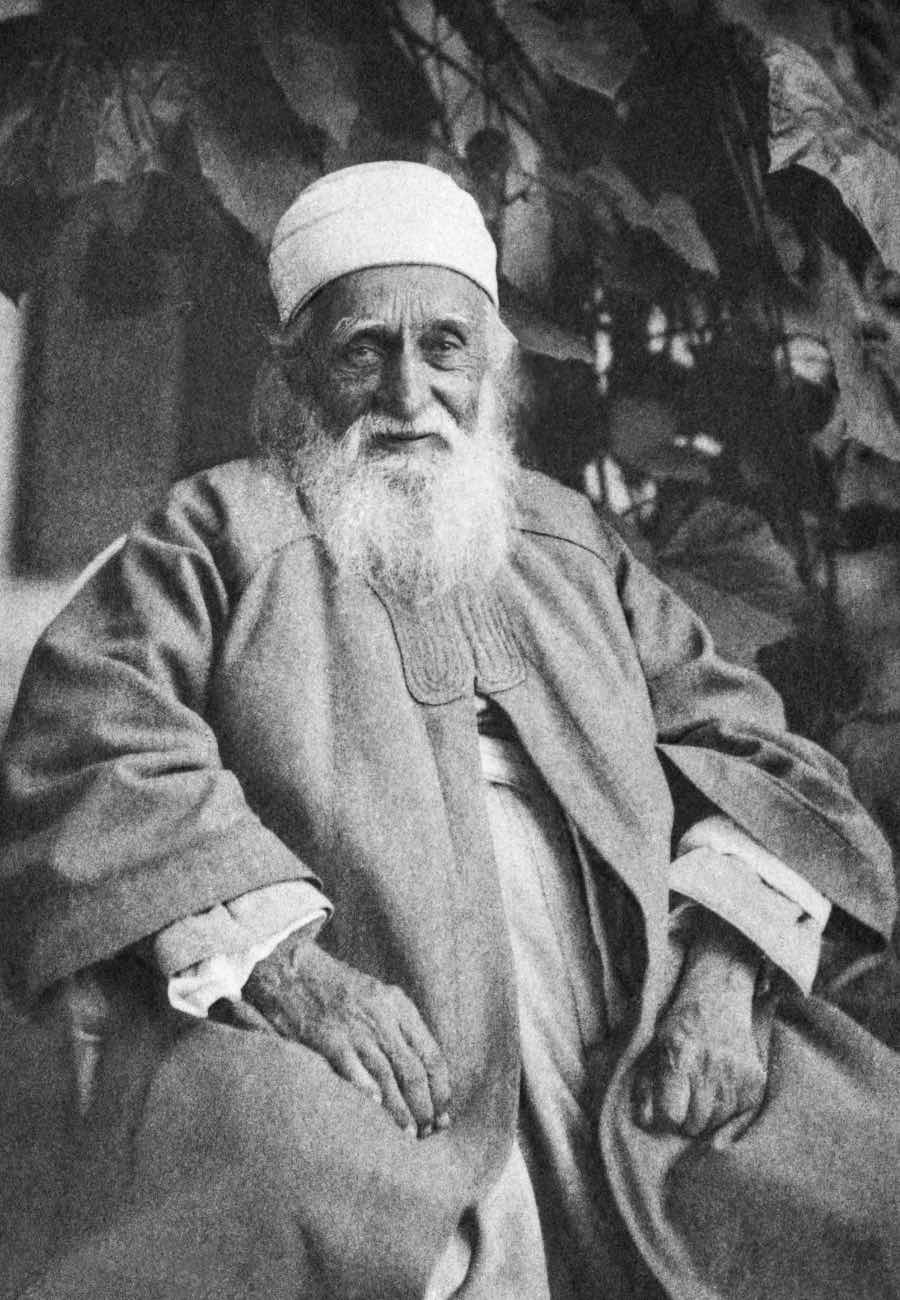Joy and happiness, elusive yet sought-after experiences, are pivotal in the human condition. Within the Bahá’í Faith, a profound emphasis is placed on the cultivation of these virtues. This approach transcends mere emotional states, embedding joy and happiness in a holistic framework of spiritual and moral development. Inspired by the teachings of Bahá’u’lláh and the principles expounded by ‘Abdu’l-Bahá, one discerns various dimensions of finding joy and happiness. This article elucidates the Bahá’í perspective on these themes, highlighted through stories and teachings.
To begin with, the Bahá’í view recognizes that joy emanates from a deep-seated connection to the Divine. This conviction is illustrated through the story of a young Bahá’í, who, after finding solace in the prayers and teachings of Bahá’u’lláh, experienced profound moments of peace during challenging times. The transformative power of prayer serves as a conduit, channeling spiritual energies that nurture happiness. By engaging in regular devotional practices, individuals are encouraged to reinforce their connection to God, thereby unlocking a wellspring of inner joy.
A significant aspect of Bahá’í teachings focuses on the concept of service to humanity as a source of profound joy. The act of giving oneself to the betterment of society cultivates a unique sense of fulfillment. Anecdotes abound of Bahá’í communities coming together to support local initiatives. These stories reveal the euphoria derived from collective action and shared purpose. For instance, one might recount the experiences of a Bahá’í group organizing a local food drive. Participants not only found joy in the act of kindness but also fostered bonds that resulted in enduring friendships. This sense of community and collaboration becomes a fertile ground for happiness.
Furthermore, personal virtues play a pivotal role in the Bahá’í understanding of joy. Qualities such as gratitude, love, and trust are indispensable. Consider a poignant narrative about an individual who, amidst personal trials, practiced gratitude daily. This individual meticulously recorded blessings, however minor, transforming their perspective on life’s challenges. Over time, what began as a mere habit morphed into a profound realization: happiness is often a product of one’s outlook. This mere shift in perspective encapsulates the transformative potential of virtue cultivation in the pursuit of joy.
The Bahá’í teachings also emphasize the significance of unity in diversity, heralding it as a source of both joy and strength. The myriad stories of different cultures and backgrounds coalescing into vibrant Bahá’í communities illuminate the beauty of shared experiences. A notable example includes an international Bahá’í gathering where individuals from disparate geographies share their traditions, music, and narratives. This celebration of diversity not only enriches individual lives but intensifies a collective joy—one founded on respect, understanding, and appreciation for all humanity.
Moreover, the spiritual dimension of joy encompasses resilience. The Bahá’í Faith does not shy away from the reality of suffering or challenge. Instead, it posits that joy can coexist with adversity, often emerging from it. The resonant tale of a Bahá’í family facing hardship yet choosing to focus on the blessings inherent in their relationships offers a testament to this principle. Through trials, they found deeper connections and a renewed appreciation for love and companionship. Such narratives underscore the notion that joy is often born in the crucible of life’s most formidable challenges.
In addition to community and resilience, the role of knowledge and education cannot be overstated in the Bahá’í perspective on happiness. The pursuit of knowledge is seen as both a spiritual obligation and a pathway to joy. Stories abound of individuals whose academic endeavors not only cultivated their intellect but also contributed to the betterment of their communities. For instance, a Bahá’í teacher working diligently to illuminate the minds of youth often finds profound joy in witnessing their students thrive. This pedagogical relationship fosters a reciprocal joy that enriches both teacher and student.
Importantly, the contextualization of joy within the Bahá’í framework does not disregard the complexities of human emotion. Bahá’ís are encouraged to acknowledge moments of sorrow or grief, understanding that these experiences are integral to the human tapestry. In acknowledging their struggles, individuals are often able to discern deeper layers of joy that exist alongside their challenges. The story of a Bahá’í individual finding solace in community support during bereavement exemplifies this balance between celebration and mourning. Such narratives reinforce the sentiment that joy and grief are intertwined, each enhancing and informing the other.
In summation, the Bahá’í perspective on joy and happiness is rich and multifaceted. Through personal reflection, community service, cultivation of virtues, and the affirmation of unity in diversity, individuals can embark on a journey towards enduring joy. The stories emanating from within this faith tradition illustrate the transformative power of spiritual practices, the beauty of shared experiences, and the strength found in resilience. Ultimately, happiness is perceived not as a destination, but rather as an ongoing journey—one intricately woven into the fabric of life, illuminated by the teachings of Bahá’u’lláh and the lived experiences of the Bahá’í community.
